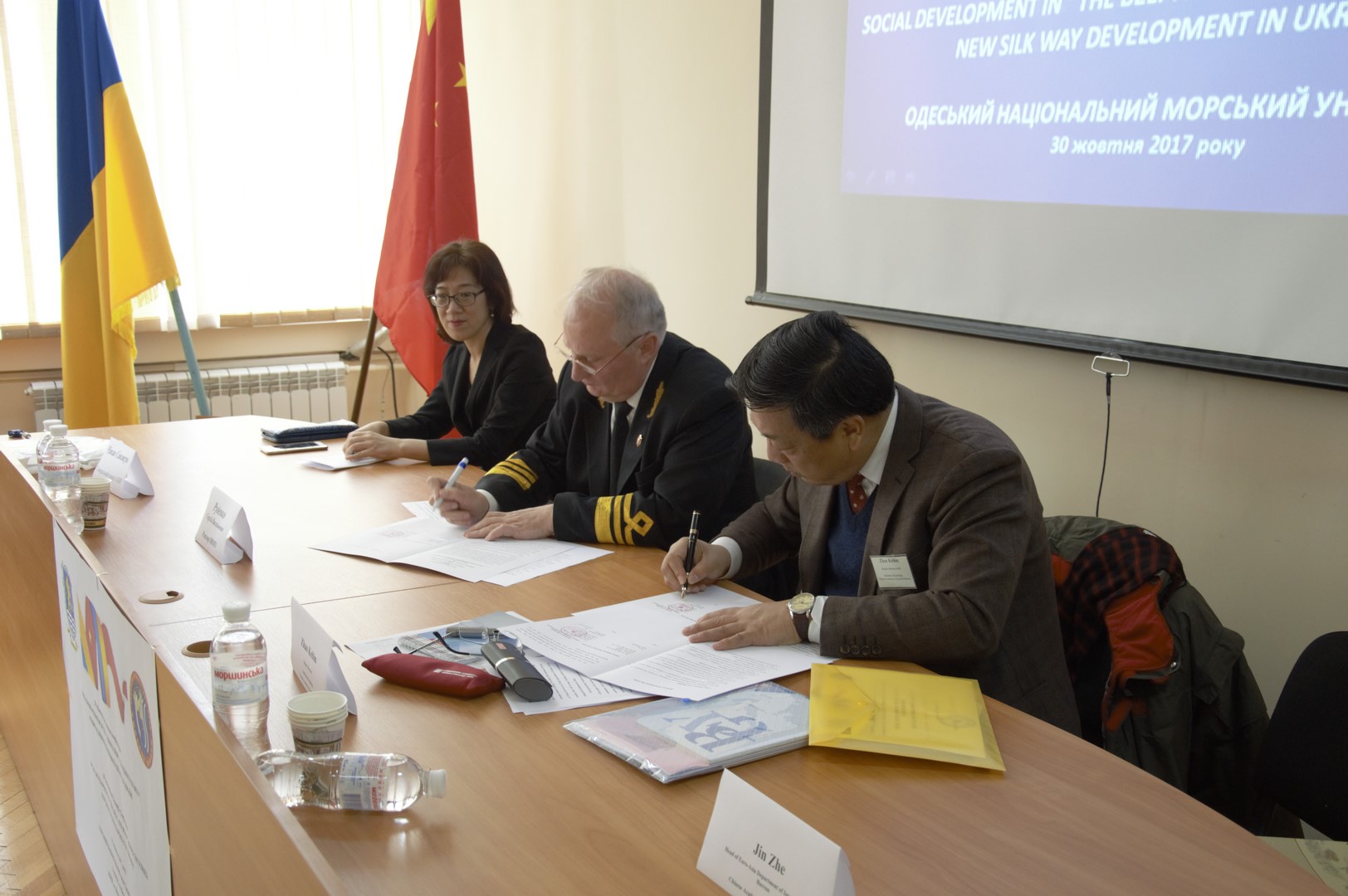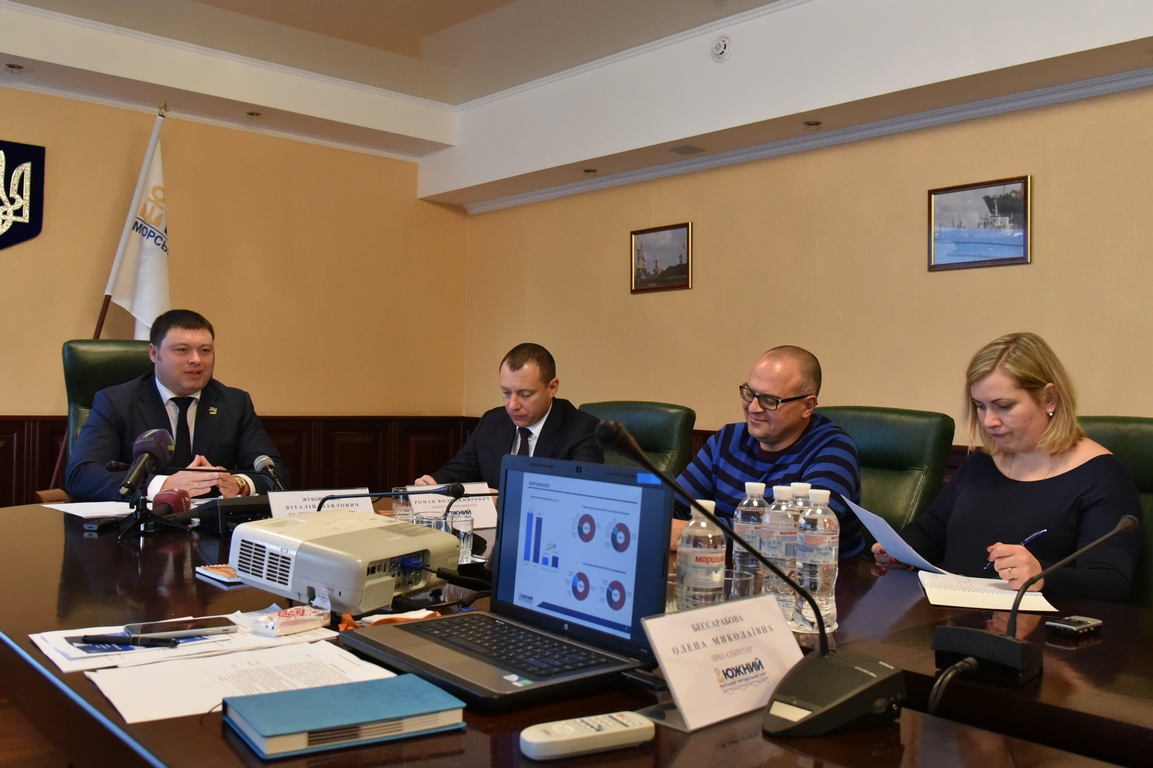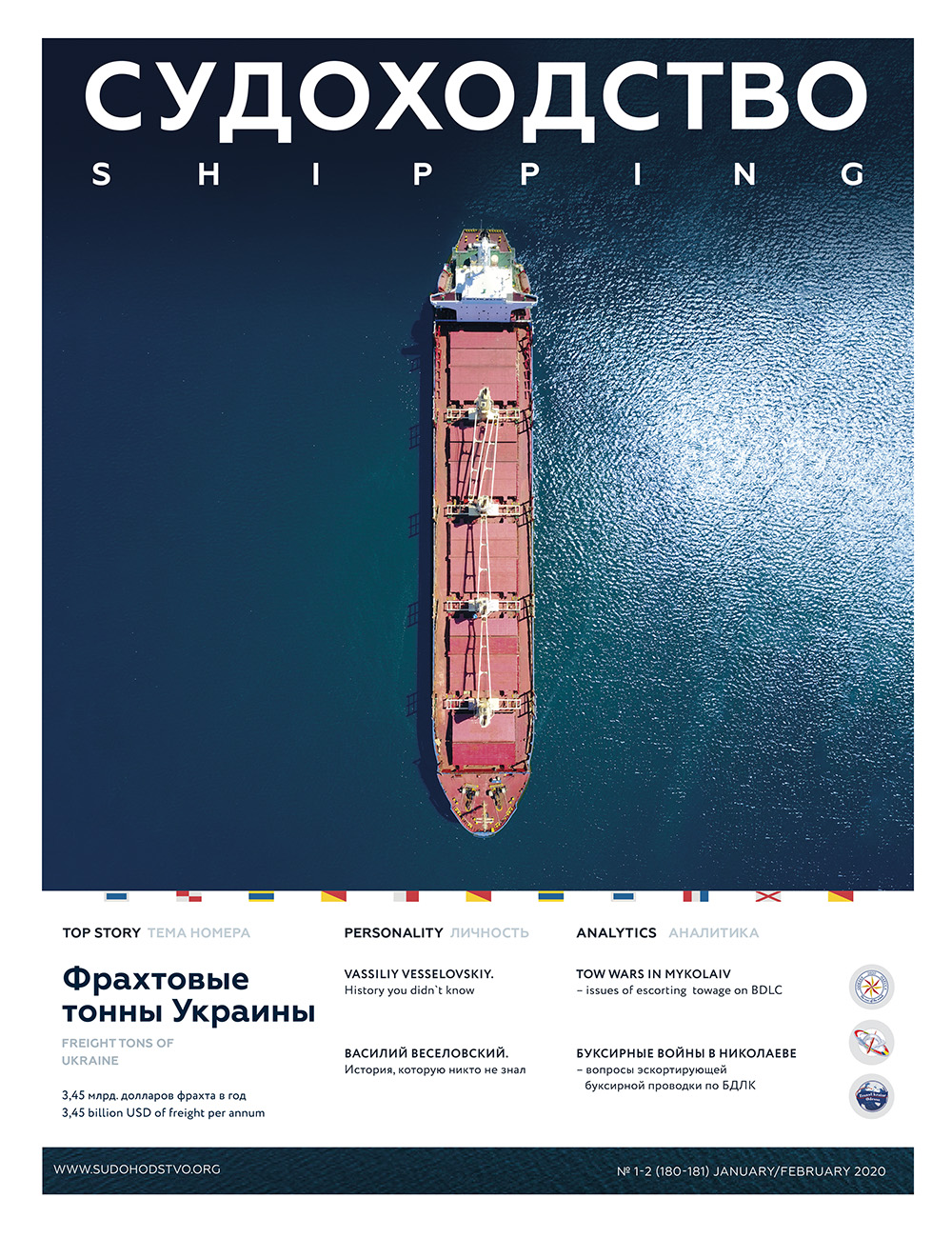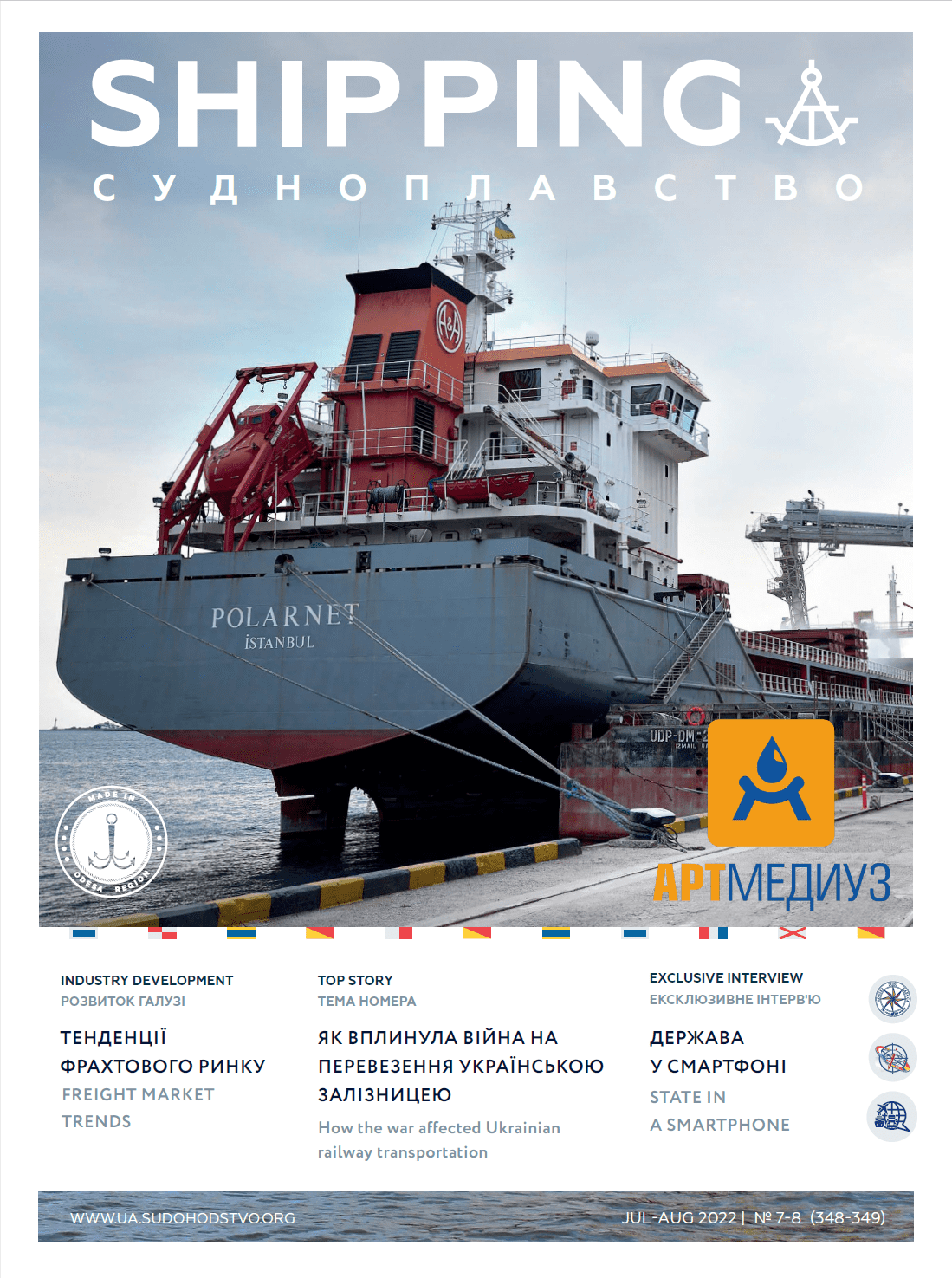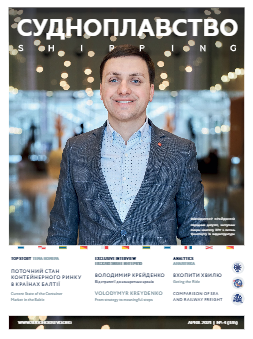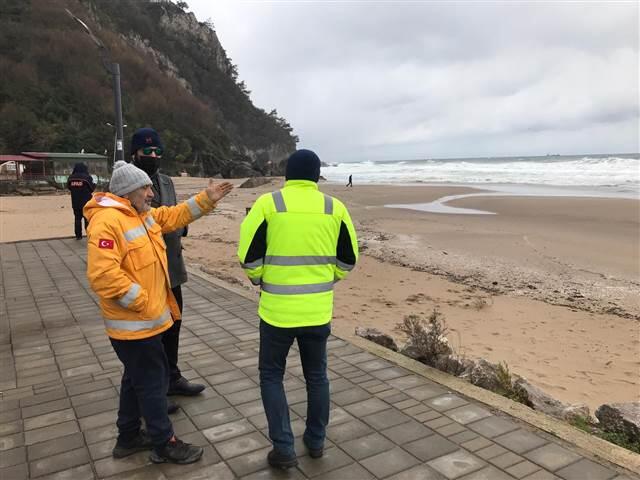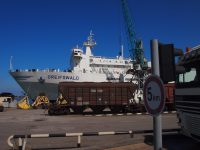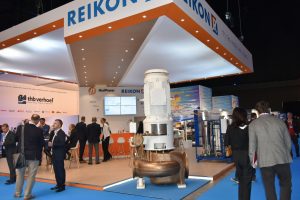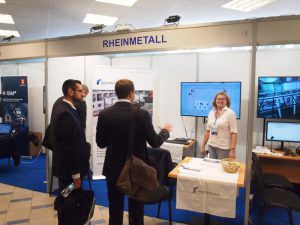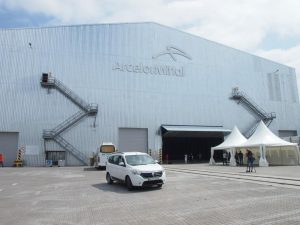Larisa Ieroshkina

By the end of 2017 the sea ports of Ukraine handled 132.9 mln tons of cargo. At that, the port industry of the country has a great development potential and, accordingly, is able to increase the handling volume. The Head of the Ukrainian Sea Ports Authority of Ukraine (USPA) Mr. Raivis Veckagans told the «Shipping» magazine how these opportunities will be accomplished.
Mr. Veckagans, according to the Ukrainian Sea Ports Development Strategy until 2038 the turnover of the Ukrainian ports can achieve 246 mln tons of cargo. What could be the conditions when such a figure is achievable?
When developing the strategy we considered to scenarios: basic and optimistic. The handling volumes you have mentioned refer to the forecast of the optimistic scenario, i.e., the optimum alternative under the most fortunate circumstances. The alternative which we also take into consideration and which is more realistic is 184 mln tons of cargo.
These forecasts were prepared on the basis of IMF World Economic Outlook reports for each kind of cargo. The consensus forecast is based on evaluations and analytical materials of the key research centres.
It is true that the port industry of Ukraine possesses a great development potential. By the results of 2017 the sea ports of Ukraine took the second place by cargo turnover among the Black Sea and Sea of Azov basin countries. For of our ports enter the top-ten biggest ports of the region. Nowadays Ukraine generates about 89% of the cargo flow, both in export and import. Considering the economy development, despite all current complexities, it makes a good base and in-process stock for further operation of the industry.
We also pay great attention to the transit potential development. Negotiations are on-going with international consignors and private and state-owned foreign companies concerning extension of Ukraine’s participation in the international transport corridors. That includes several routes of the New Silk Way which we have been discussing with a delegation of the biggest Chinese companies which visited our ports in July 2018.
The declared total investment in the port infrastructure exceeds USD 1.3 bln. What financial sources the USPA relies on?
Port development is our main task and we build up our investment plans havin this target in view. However, the USPA own funds are not the only source. We maintain regular dialogue with business and coordinate our plans with the functioning port operators and potential investors. Our latest assessment is that before 2038 the USPA and private investors are planning to accomplish 44 large investment projects in the ports of Ukraine to the total amount of USD 1.6 bln.
In order to accomplish these expectations we also conduct negotiations with the leading international finance institutions so as to attract the necessary resources. I believe that the USPA will enter the global loan market and will attract foreign investment. This is a regular world practice and I see no objections against the use of such instrument for the development of the port industry of Ukraine.
What particular directions for the port industry development the USPA intends to channel private investments?
The USPA creates necessary conditions so that Ukrainian ports are attractive for investors. We pay special attention to the development of port infrastructure. Large-scale dredging projects are currently being accomplished in Yuzhny and Chernomorsk – the leading foreign companies such as China Harbour Engineering Сompany Ltd. (China), LTD Novadeal (Belgium), Jan De Nul n.v. (the Netherlands), Van Oord Dredging and Marine BV (the Netherlands) took part in the open tenders for performance of these works.
In parallel in these and other ports works are either in progress or in plans to repair, reconstruct and construct berths. All these measures are aimed at extending the port possibilities to accommodate large-tonnage ships and, accordingly, improve the port competitiveness in the Black Sea and Sea of Azov region.
Assuming new opportunities, the private business invests in port terminals, upgrading of cargo-handling equipment and construction of grain processing and storage capacities as well as the capacities for liquid and bulk cargo.
I see a great perspective in the development of rear an by-port areas, extension of the port functional due to a shift form a simple cargo handling to cargo processing, arrangement of industrial platforms and logistic centres. Actually, we are talking about a landlord model of port operation. In collaboration with the World Bank experts the USPA specialists analyse the world practices and adapt it to the Ukrainian reality. We expect the first results of this work to take shape by the end of 2018, and the final document will be ready in spring 2019.
What projects you consider to be the most attractive for foreign investors?
I am of opinion that the most interesting and promising projects for investors should be the concession projects of state-owned stevedoring companies in Ukrainian ports. The concession mechanism is well known to foreign investors and can enable to plan how the investment project can be accomplished in the long term perspective. The international Consortia of Consultants headed by Castalia is actively supported by the Ministry of Infrastructure of Ukraine in its work aimed at preparation of concession tenders in ports of Olvia and Kherson. Egis International Consultants develops a pre-feasibility study of the state-owned stevedoring company concession in Yuzhny, the deepest port of Ukraine.
Other international partners of Ukraine such as EBRD, IFC, USA Treasury, EU Representation in Ukraine and other institutions participate in the concession project development. Hence, the terms of future tenders will be maximum transparent and clear. On September 28, in Kyiv, the draft concession projects in Olvia and Kherson ports will be presented with the participation of the IFC.
We have started a special portal for investors (http://investinports.com) where everybody can find detailed information about all projects that are to be accomplished in the Ukrainian ports, and we are ready to discuss with our future partners the format of their participation in these projects.
What guarantees can get the business which makes a decision to invest in Ukrainian ports?
The most important thing for a business is to have clear and understandable rules. – That is why the Ukrainian Sea Ports Authority together with the Ministry of Infrastructure and other ministries participate in the development of a series of legal and regulatory enactments. These are, above all, the law On Concession that is being developed by the Ministry of Economic Development and Trade with the support of the EBRD. This law should settle all nuances of the public-private partnership with due account of the international experience.
Also, the USPA participates in the development of a new methodology of calculating port dues. A 20% reduction of port dues was the first step to improve competitiveness of the Ukrainian ports. Our current task is to make the procedure of charging, payment and further use of the dues maximum transparent for business. The methodology is developed so as to make a clear distinction between the operating costs and the investment component of the dues.
Still another document which is significant for business is the procedure of compensating investments in the development of terminals and port infrastructure, such as berths and water areas.
We maintain a constant dialogue with business and authorities and find the balance of interests which is required for further development of ports.


